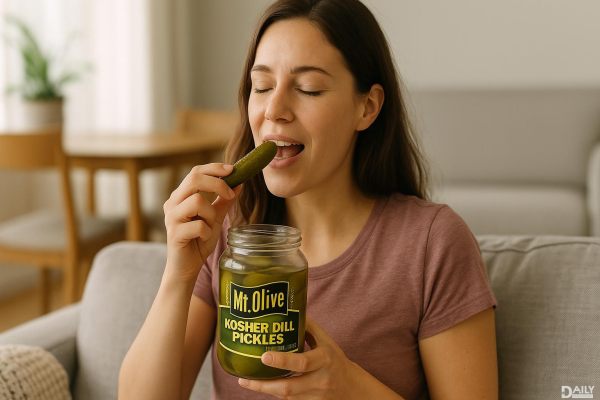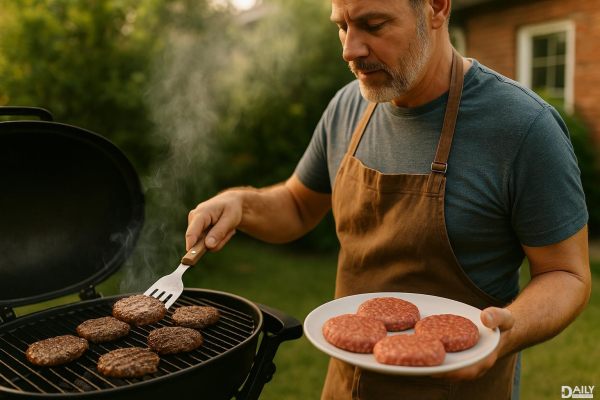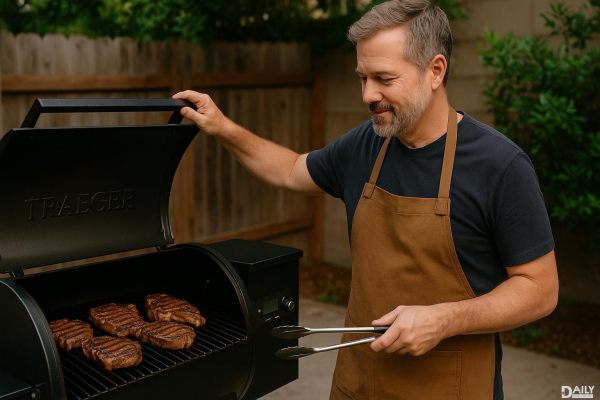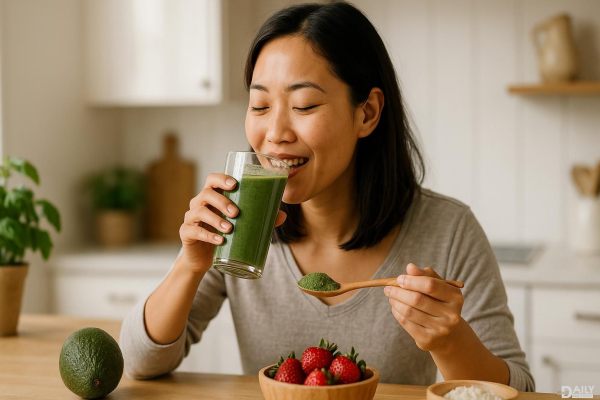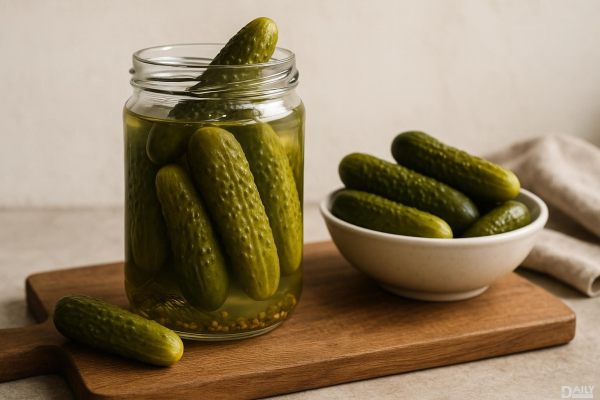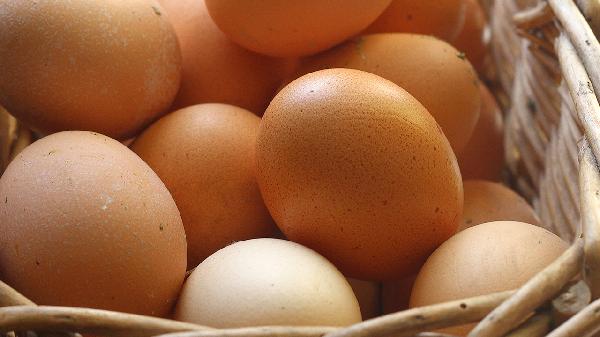Boiling and simmering might seem like they’re in the same cooking family, but trust me—they’re more like cousins than twins. One’s loud, fast, and intense, while the other is chill, slow, and steady. And just like you wouldn’t blast heavy metal at a spa day, you wouldn’t boil a delicate poached egg unless you want rubbery disappointment.
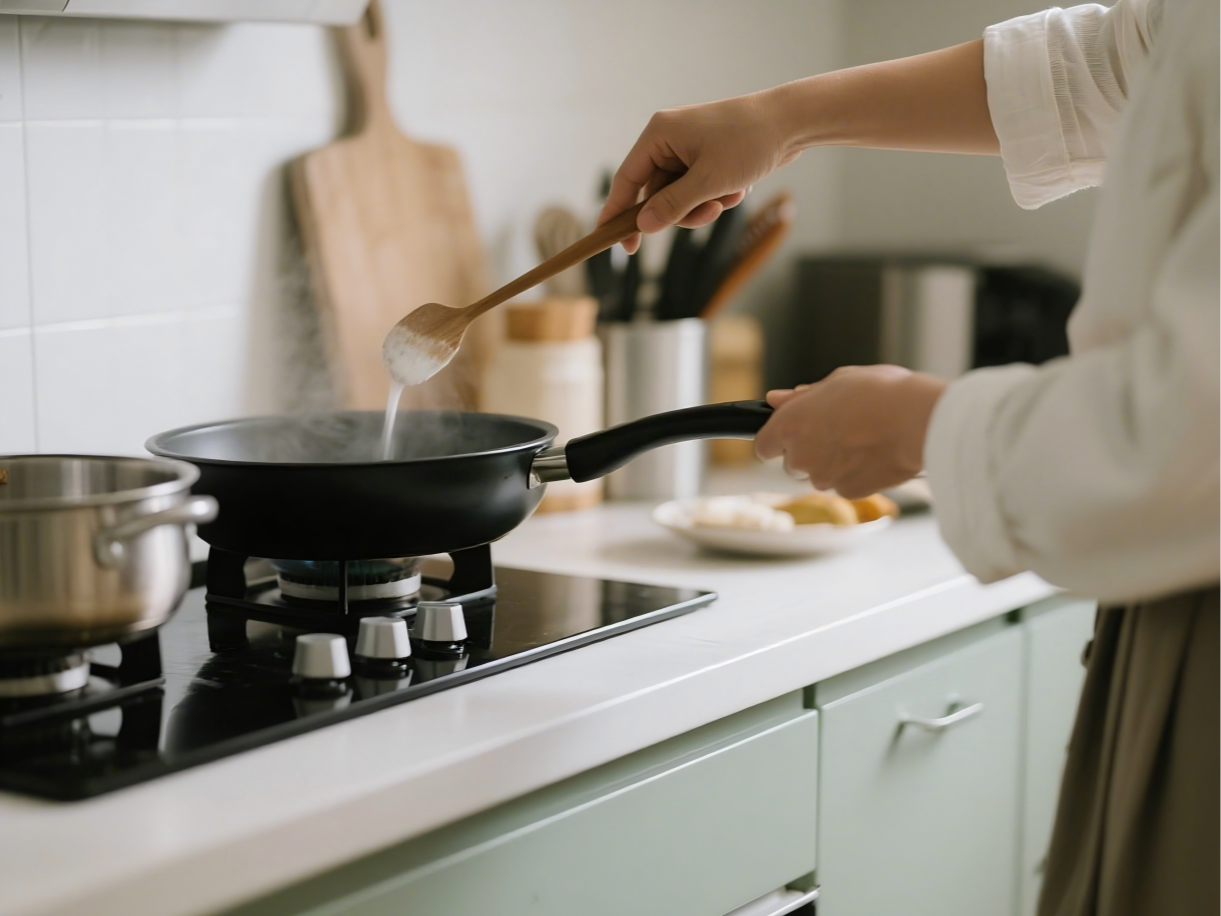
Boiling: The High-Energy Cook
Boiling is basically water’s version of a party—212°F (100°C) at sea level, bubbles going wild, steam rising like crazy. It’s the go-to for things that need a quick, intense cook:
But boiling isn’t always the answer. Overdo it with meats or delicate foods, and you’ll end up with toughness or disintegration.
Simmering: The Low & Slow MVP
Simmering is the quiet hero—gentle, steady, and perfect for deep flavor. It hovers between 180-190°F (82-88°C), with tiny bubbles lazily breaking the surface. This is where patience pays off:
The key? Keep an eye on it. A simmer can easily escalate into a boil if you’re not careful, especially on gas stoves where heat control is more responsive.
When to Use Both
Some recipes demand a tag-team approach: "Bring to a boil, then reduce to simmer." This combo is clutch for:
Stovetop Matters
Lid or No Lid?
So next time a recipe calls for one or the other, remember: boiling is your sprint, simmering is your marathon. Choose wisely, and your food will thank you.
